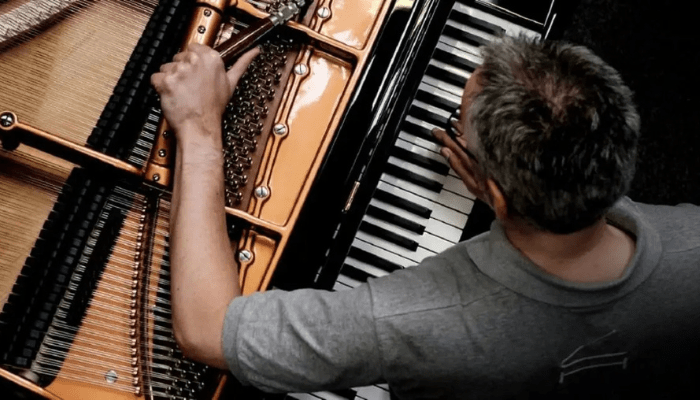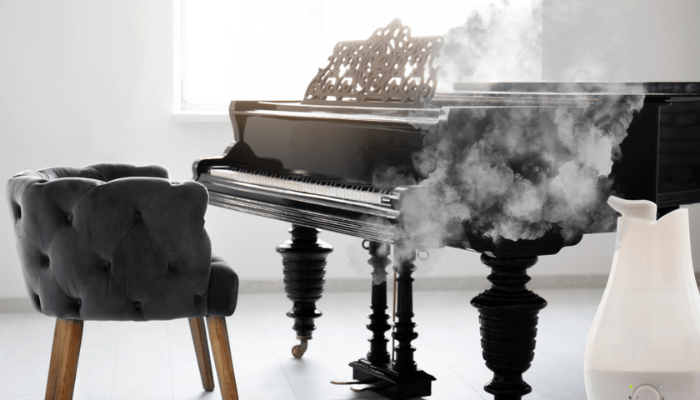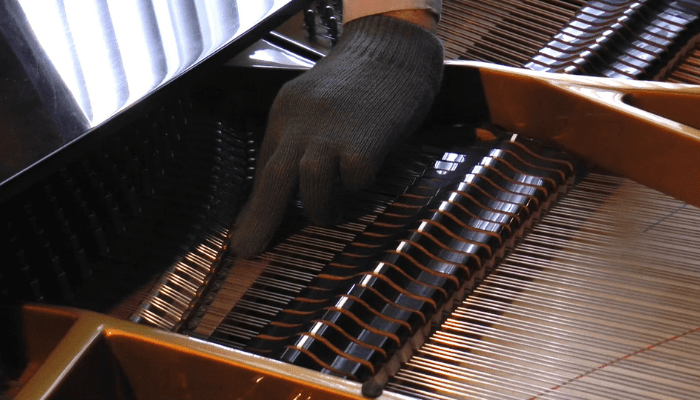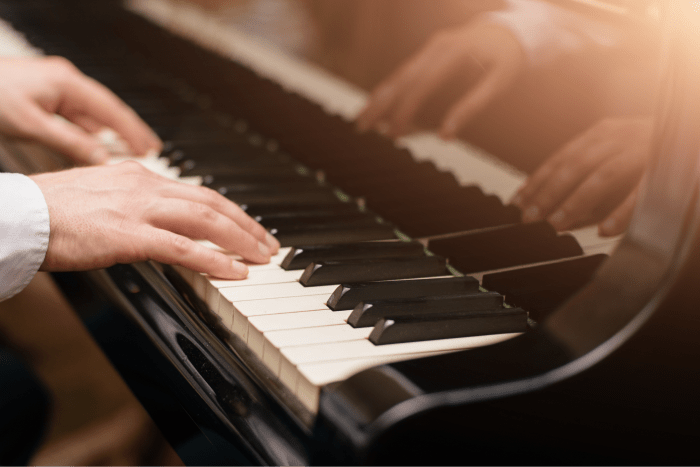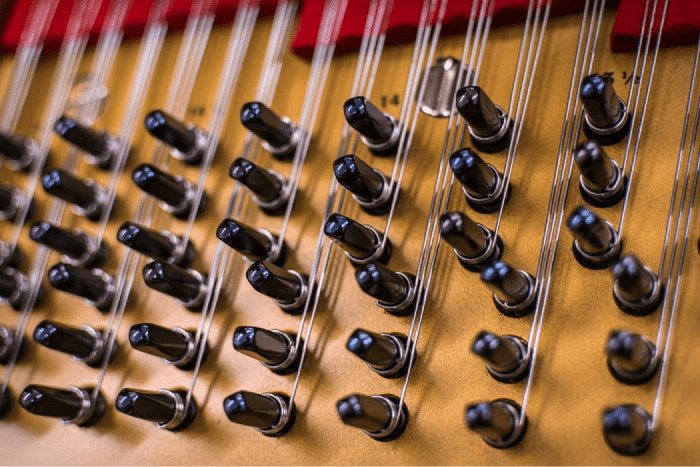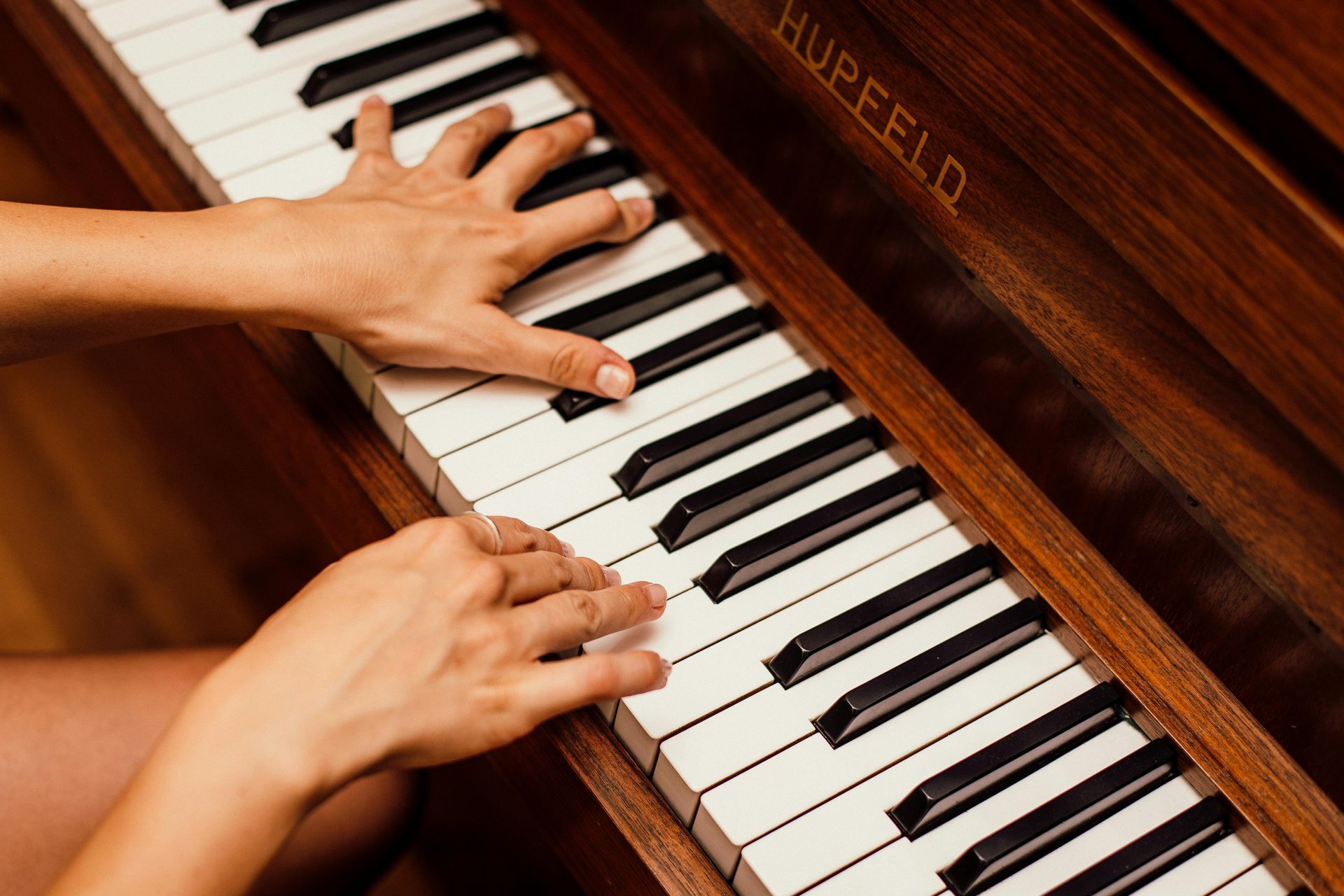Climate Affects Your Piano’s Performance
How Climate Affects Your Piano’s Performance
Table of Contents:
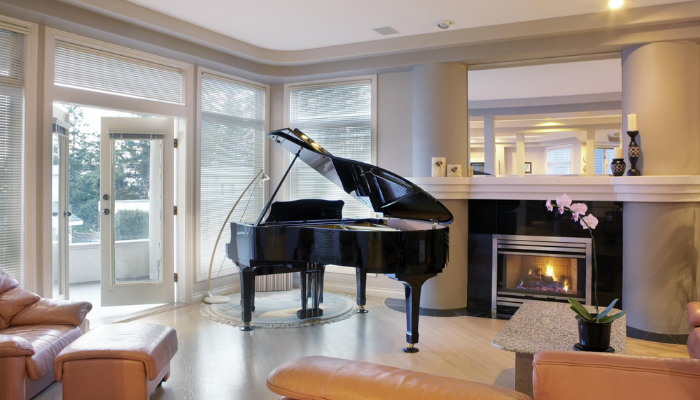
Pianos are intricate and sensitive instruments that respond to even the slightest environmental changes.
Climate plays a significant role in the performance, sound quality, and longevity of your piano.
Whether you own a grand piano, an upright acoustic piano, or an older piano, understanding how climate conditions affect your instrument can help you maintain it properly and prevent potential damage.
The Relationship Between Climate and Piano Performance
Pianos are complex instruments with many wooden components, such as the soundboard and tuning pins, that react to environmental conditions.
Changes in humidity, temperature, and air quality can significantly impact the piano’s performance and structural integrity.
A well-maintained piano
depends on a stable environment to preserve its tuning and sound quality.
High Humidity and Damp Conditions
High humidity levels cause the wooden parts of a piano to swell,
leading to loose tuning pins,
sticky keys, and changes in string tension.
Damp conditions can also harm the piano’s finish and soundboard, resulting in a decline in the piano’s performance.
The summer months, particularly in regions with high humidity, require extra care to protect your piano.
Dry Climates and Low Humidity
In dry climates or during periods of extreme heat, the lack of moisture can cause the wooden components of a piano to shrink, leading to cracks and weakened structural integrity.
String tension may also loosen, making the piano sound flat or out of tune.
Placing the piano in direct sunlight or near an air conditioner can exacerbate these issues.
Sudden and Seasonal Changes
Seasonal changes and sudden temperature fluctuations create humidity changes that affect the piano’s environment.
These humidity fluctuations can lead to warped wooden components and damage to the piano’s soundboard.
Whether during cold temperatures in winter or extreme heat in summer, maintaining a stable environment is crucial.
Best Practices for Piano Owners to Manage Climate Effects
Choose the Right Piano Room
Place your piano in a stable environment, such as a living room or dedicated piano room, away from exterior walls and direct sunlight.
Maintaining a consistent room temperature helps prevent damage caused by environmental changes.
Using Climate Control Tools
A room humidifier or air conditioning can help regulate relative humidity and maintain moisture levels between 40% and 60%.
This range is ideal for protecting the piano’s wooden parts and string tension from environmental stress.
Regular Piano Maintenance
Scheduling regular tuning and maintenance services with a professional piano tuner, like Neil Gracie, ensures that your piano stays in peak condition.
Regular tuning helps address issues caused by humidity fluctuations and ensures the piano sounds its best.
Protecting Your Piano from Potential Damage
Using a piano cover protects your instrument from direct sunlight, dust, and moisture.
For long-term storage, especially for older pianos, choose a climate-controlled space to prevent damage caused by extreme temperatures or damp conditions.
It is important to maintain consistent moisture levels in the piano’s environment.
Excessive moisture can damage the soundboard, while dry conditions may weaken the piano’s structural integrity.
Additionally, extreme heat or cold can harm the piano’s finish, soundboard, and tuning pins.
Keep the piano away from air conditioners, heaters, or exterior walls to avoid sudden temperature changes.
The Role of Professional Tuning and Maintenance
A
professional piano tuner
has the expertise to address issues caused by climate changes.
Neil Gracie Piano Tuning provides professional tuning services to maintain string tension, correct pitch, and ensure your piano’s performance remains consistent.
Regular inspections by a piano technician help identify and address problems early, preventing long-term damage. Services such as tuning pins adjustments and string tension corrections ensure a properly tuned piano.
In addition to tuning, Neil Gracie offers advice on piano care, piano storage, and maintaining the instrument in the face of environmental changes.
With
Neil Gracie Piano Tuning, you can rely on expert advice and professional services to maintain your piano despite environmental challenges.
Contact us today
to schedule a tuning or consultation and keep your piano sounding its best for years to come.
Frequently Asked Questions
How Do Humidity Levels Affect My Piano?
Humidity affects the wooden components of the piano, such as the soundboard and tuning pins. High humidity causes swelling, while low humidity can dry out the wood, leading to cracks and loosening of piano strings. Maintaining a stable temperature and controlling moisture levels can help minimise the impact of these environmental factors.
Can Sudden Changes in Temperature Damage My Piano?
Yes, sudden changes in temperature can cause significant damage to your piano. These changes can lead to fluctuations in string tension and warping of wooden components. To protect your piano, it’s important to keep it in a room with a stable temperature and avoid placing it near heaters, air conditioners, or exterior walls.
How Can I Protect My Piano During an Extended Period of Inactivity?
If your piano will not be used for an extended period, cover it with a protective cloth and ensure it is stored in a stable environment with consistent humidity levels. Piano movers can help relocate the piano to a climate-controlled space if necessary. Regular checks and maintenance can also prevent damage caused by environmental factors.
What Role Does the Soundboard Play in Piano Performance?
The soundboard is a critical component of the piano that amplifies the sound produced by the strings. Changes in humidity and temperature can cause the soundboard to warp, negatively impacting the piano’s tone and resonance. Keeping the piano in a stable environment with proper humidity control helps preserve the soundboard’s integrity.
Are There Special Considerations for Pianos Used in Piano Lessons?
Pianos used for Piano Lessons should be maintained regularly to ensure consistent sound quality and playability. Students benefit from a properly tuned instrument with well-maintained components. To prevent environmental factors from affecting the piano, place it in a stable room with controlled temperature and humidity.
How Do Environmental Factors Impact the Lifespan of Piano Strings?
Environmental factors such as humidity fluctuations and sudden temperature changes can weaken piano strings over time, causing them to lose tension or snap. Regular tuning and inspections by a professional technician help identify and address issues before they worsen.

